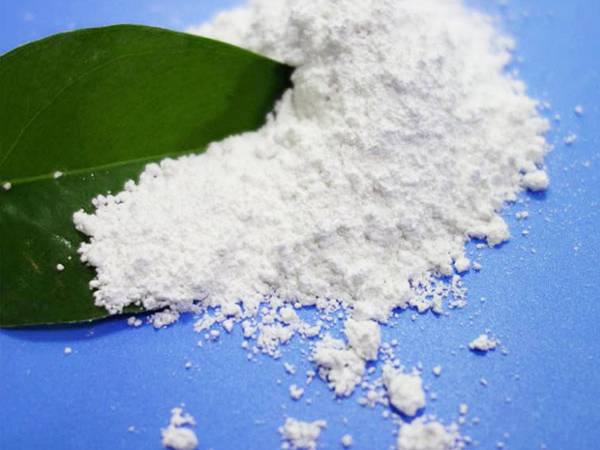



Chemical Methods for Effective Water Purification and Treatment Solutions
Chemical Treatment for Water Purification A Comprehensive Overview
Water is an essential resource for life, making its purification a critical concern for public health and environmental sustainability. As populations grow and industrial activities expand, the need for effective water treatment solutions becomes increasingly urgent. Among the various methods available, chemical treatment has gained significant importance due to its efficiency and effectiveness in removing impurities, pathogens, and other contaminants from water sources.
Understanding Chemical Treatment
Chemical treatment for water purification involves the addition of specific chemicals to water to aid in the removal of contaminants. This process can target various types of impurities, including dissolved solids, microorganisms, and organic materials. Common chemical treatments include coagulation, flocculation, disinfection, and filtration, each serving a unique purpose in the purification process.
Coagulation and Flocculation
One of the primary steps in chemical treatment is coagulation, where chemicals known as coagulants are added to water. These chemicals, often aluminum sulfate or ferric chloride, destabilize suspended particles by neutralizing their negative charges. Once the particles are destabilized, they begin to clump together to form larger aggregates called flocs. This process is followed by flocculation, where gentle agitation encourages the formation of these flocs, making it easier to remove them through sedimentation or filtration.
The effectiveness of coagulation and flocculation is influenced by factors such as pH levels, the concentration of contaminants, and the type of coagulants used. Properly optimized conditions can significantly enhance the clarity of the water, preparing it for subsequent treatment stages.
Disinfection
After coagulation and flocculation, the next crucial step is disinfection. This process aims to eliminate pathogens, including bacteria, viruses, and protozoa, which can pose serious health risks to humans. Various disinfectants, such as chlorine, ozone, and ultraviolet (UV) light, are commonly used.
chemical treatment for water purification

Chlorination is one of the most widely used methods due to its effectiveness and cost-efficiency. However, concerns over the formation of disinfection byproducts (DBPs), which can be harmful to health, have prompted the exploration of alternative disinfection methods like ozonation and UV treatment. Ozone, a powerful oxidizing agent, effectively kills microorganisms without producing harmful residues, while UV light disrupts the DNA of pathogens, rendering them inactive.
Ultimately Filtration
While chemical treatments play a vital role in removing impurities, filtration is the final step in the purification process. Various filtration methods can be employed, including sand filtration, activated carbon filtration, and membrane filtration. Each method has its strengths in removing specific contaminants.
- Sand Filtration This traditional method uses layers of sand and gravel to filter out larger particles and some microorganisms. - Activated Carbon Filtration This method is particularly effective in removing organic compounds, chlorine, and bad odors from water. - Membrane Filtration Techniques like microfiltration, ultrafiltration, and reverse osmosis are incredibly effective at removing a wide range of contaminants, including dissolved solids and bacteria, at the molecular level.
Challenges and Considerations
Despite the efficacy of chemical treatments, several challenges persist. The management of chemical residuals and the potential environmental impact of chemical discharge must be carefully considered. Furthermore, the choice of chemicals must take into account local water quality and the specific impurities present. Regulatory compliance and monitoring are also essential to ensure the safety of treated water.
Conclusion
Chemical treatment for water purification is a vital process that significantly enhances the quality of water supplied to communities, industries, and households. By employing methods like coagulation, disinfection, and filtration, we can effectively remove a wide range of contaminants and protect public health. However, ongoing research and innovation are necessary to address the challenges associated with chemical treatment and to develop sustainable practices that ensure clean water access for future generations. As global water scarcity continues to rise, investing in effective water purification technologies will be paramount in safeguarding this precious resource.
-
Why Sodium Persulfate Is Everywhere NowNewsJul.07,2025
-
Why Polyacrylamide Is in High DemandNewsJul.07,2025
-
Understanding Paint Chemicals and Their ApplicationsNewsJul.07,2025
-
Smart Use Of Mining ChemicalsNewsJul.07,2025
-
Practical Uses of Potassium MonopersulfateNewsJul.07,2025
-
Agrochemicals In Real FarmingNewsJul.07,2025
-
Sodium Chlorite Hot UsesNewsJul.01,2025










